The content of the article
The white azure is a species of bird of the azure tit, family of blue-tit, family of passeriform. This little bird has a less bright color than its closest relative - azure tit. In addition, it is more silent and secretive, because less attracts the attention of others, but in general, these two species of birds are very similar to each other.
Description of the species
The white azure is a bird whose weight is on average 15g, and the body length is no more than 15 cm. These birds are one of the few representatives of the genus of the azure tit of the blue-tit family. In addition to Lazarevka, this genus also unites birds of the Prince's species. Common to all species of lazarevka is their bright plumage with a contrast between the bluish tinge of the back and yellow - the abdomen. Common to all titmouse are small body size and the ability to issue singing sounds.
The white lazarevka has a paler color than the colored one. Its head is white, and black stripes extend from the beak to the eyes and further to the back of the head. The wings of white lazarevok are dark blue, and the back is gray-blue. Males are darker than females. The abdomen of birds can be completely yellow, white with a yellowish tinge or white with a mixture of yellow patches.
Lazarevok beak is small, but very sharp, which allows them to hunt insects and even cut down holes in the cane. Birds grow up quickly - young growth leaves the nest 2 weeks after hatching.
Habitats
Lazarevki secretive birds - they love to hide in the trees and shrubs. It is for this reason that a significant number of them inhabit the zones of forests and forest-steppe. Also suitable for their life steppe with an abundance of branched shrubs and reed beds.Lazarevka has a special relationship to the reed, because from these plants with their sharp beak they can reach insects and their larvae.
In addition to having places where you can hide from prying eyes, Lazarevki choose places where it is warm. They build their nests with the help of moss, therefore there are more of them in the marshland than in the arid. For example, in Belarus, white Lazarevka is more common in Polesie.
Interesting Facts
Despite the fact that Lazarevka are very hidden birds that are against communication with people, it is quite interesting to watch them. For example, it is known that sexual dimorphism is not pronounced in white lazarevok. Males and females of this species are very similar to each other, but the hue of the plumage of females is more faded, there are more gray tones in it, while the males are darker.
Lazarevka nests are arranged in the hollow. The bird itself cannot knock out a nest, because its beak is not adapted for this. Often this species of bird just populates someone else's hollow. They nest nests for breeding chicks. Materials such as moss and animal hair, knocked down to the felt state are involved in the construction.
Lazarevki are sedentary, only occasionally moving within the habitat. In the warm season, the birds are divided into pairs. They hatch eggs and feed chicks.The eggs are incubated by the female, while the chicks are fed by both parents. In the cold season, birds gather in flocks. By this time, the young are already able to fly independently and earn their own food.
White Lazarevka is a very mobile bird. At the slightest threat, it quickly hides deep into the woods, groves or in its own nest. Even in the period when the Lazarevka are kept in packs, it is difficult to notice them.
This type of bird is fairly silent. They are capable of singing, but they rarely make sounds, perhaps to draw less attention to themselves. Lazarevka's voice is like a bell.
White Lazarek is a predatory species. It feeds on insects and their larvae, which is facilitated by the thin, sharp little beak of the bird. In addition to insects, periodically eat spiders.
Thus, you can pretend that the white Lazarevka is a bird that is quite common in some regions of Eurasia. However, even in compact places, it is not easy to meet this bird, as it tends to hide from human eyes. By voice, it is also quite difficult to recognize Lazarevka, since, being a songbird, she still prefers to remain silent.In some regions of the habitat Lazarevka is listed in the Red Book, in general, it is not considered an endangered species.
Video: white azure (Cyanistes cyanus)

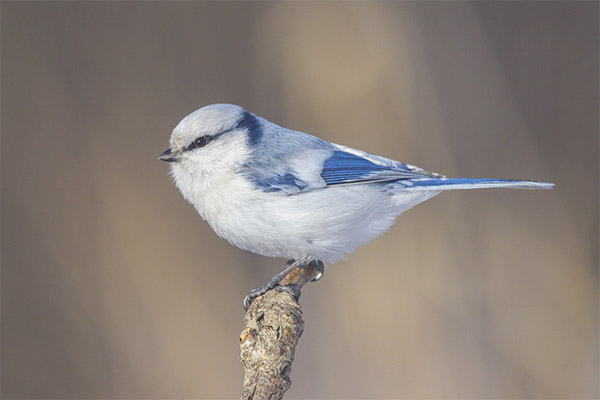
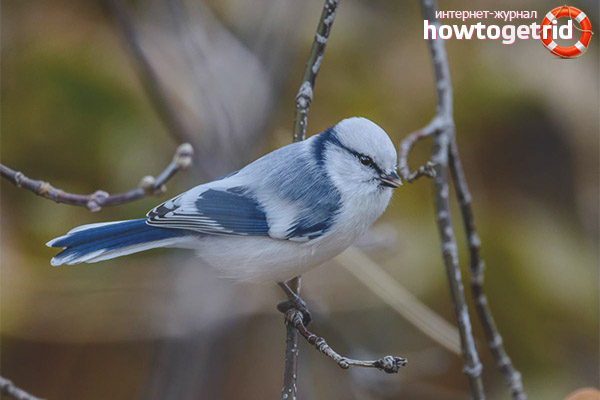

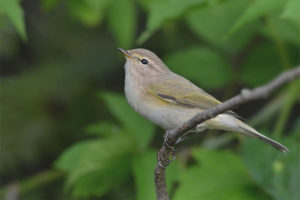
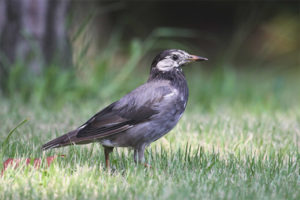
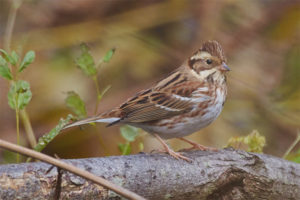
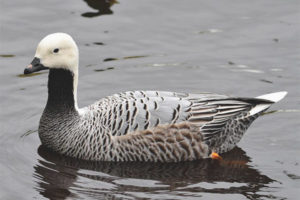
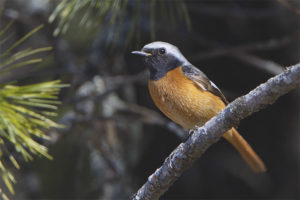
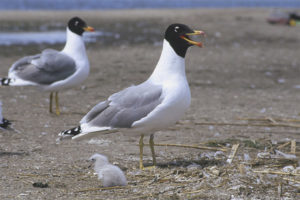
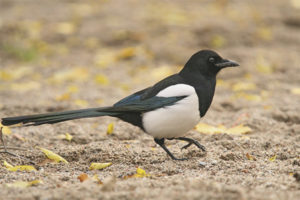
To send